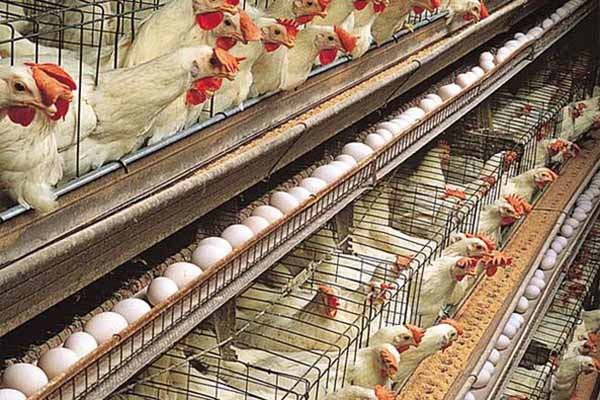How to Set the Lighting Time in Uganda Chicken Farms
Time : 2025-06-26
Optimizing lighting schedules in chicken farms is crucial for the health and productivity of the poultry. In Uganda, where chicken farming is a vital sector of the agricultural economy, setting the lighting time correctly can significantly impact the growth and egg production of chickens. This article provides a comprehensive guide on how to set the lighting time in Uganda chicken farms, utilizing professional poultry equipment knowledge.
Understanding the Importance of Lighting in Chicken Farms
Lighting in chicken farms serves multiple purposes. It is essential for the overall health of the birds, their growth patterns, and egg production. Proper lighting can enhance the following aspects:
- Photoperiod: The length of daylight exposure affects the reproductive cycle of chickens. It helps regulate the production of hormones like melatonin and cortisol, which in turn influence egg laying and growth rates.
- Health: Adequate lighting can prevent feather pecking, cannibalism, and other negative behaviors by providing a sense of security and well-being.
- Productivity: Lighting can increase feed conversion ratios, reduce mortality rates, and improve the quality of meat and eggs.
Choosing the Right Lighting Equipment
Selecting the appropriate lighting equipment is the first step in setting up an effective lighting system in a Uganda chicken farm. Here are some key considerations:
- Lumens: Ensure the lighting equipment emits enough lumens to provide sufficient light coverage. For instance, a 400-watt high-pressure sodium (HPS) bulb can cover approximately 8,000 square feet.
- Color Temperature: The color temperature of the light can impact the birds’ behavior and physiological processes. A warm color temperature (2700-3000K) is generally preferred.
- Dimmability: Some lighting systems offer dimming capabilities, allowing for more flexibility in adjusting the light intensity as needed.
- Efficiency: Look for lighting equipment with high energy efficiency to reduce operating costs and environmental impact.
Setting the Lighting Schedule
Once the appropriate lighting equipment is chosen, it’s time to determine the lighting schedule. Here are some guidelines to consider:
1. Day-Length Requirements
Chickens require a consistent photoperiod, depending on their age and stage of production. Here are the general recommendations:
- Newborn chicks: 23-24 hours of light per day for the first few weeks to promote growth and development.
- Broilers: 18 hours of light per day for the first four weeks, followed by 16 hours of light per day thereafter.
- Layer hens: 16 hours of light per day for egg production, with 12-14 hours recommended for non-production periods.
2. Lighting Intensity
The lighting intensity should be between 20 and 40 lux, depending on the stage of the chickens’ growth. Adjusting the distance between the lighting fixtures can help achieve the desired intensity.
3. Timing of Lighting Cycles
Consistency is key when setting the lighting cycles. Follow these steps to maintain an optimal schedule:
- Newborn chicks: Turn on the lights at sunrise and turn them off at sunset. This mimics the natural daylight and helps the chicks adapt quickly.
- Broilers and layer hens: Provide 18-16 hours of light per day, respectively, using an automated system. Use timers to ensure the lights are on at the correct times.
Monitoring and Adjusting the Lighting System
Regular monitoring and adjustments are essential to maintain an effective lighting system. Here are some tips:
- Check the light intensity: Periodically measure the light intensity using a light meter to ensure it remains within the desired range.
- Inspect the fixtures: Look for any signs of wear and tear on the lighting equipment and replace damaged bulbs or fixtures promptly.
- Monitor bird behavior: Pay attention to any changes in the chickens’ behavior or productivity. Adjust the lighting schedule if necessary.
Conclusion
Setting the lighting time in Uganda chicken farms is a critical aspect of poultry management. By following these guidelines and utilizing professional poultry equipment knowledge, chicken farmers can create an optimal environment for their birds, resulting in better growth, productivity, and overall farm performance.
<img src="https://zp.qualitych<img src="https://zp.qualitychic kenfarm.com/imgs/30000-layers-poultry-battery-cages-for-sale-in-Philippines.jpg” alt=”inserted image”>ickenfarm.com/imgs/automatic-poultry-equipment-for-sale-in-zambia.jpg” alt=”inserted image”>
kenfarm.com/imgs/30000-layers-poultry-battery-cages-for-sale-in-Philippines.jpg” alt=”inserted image”>ickenfarm.com/imgs/automatic-poultry-equipment-for-sale-in-zambia.jpg” alt=”inserted image”>











